#17: Modernizing the B-52 Through Supercomputing
Since entering service in 1955, the B-52 Stratofortress has held strategic importance as the most combat capable bomber in the U.S. inventory. However, the newest B-52 dates to 1962, and it has become increasingly difficult to find parts to service its original engines. To keep this valuable aircraft flying, the Air Force embarked on a…
Read MorePodcast: Play in new window | Download
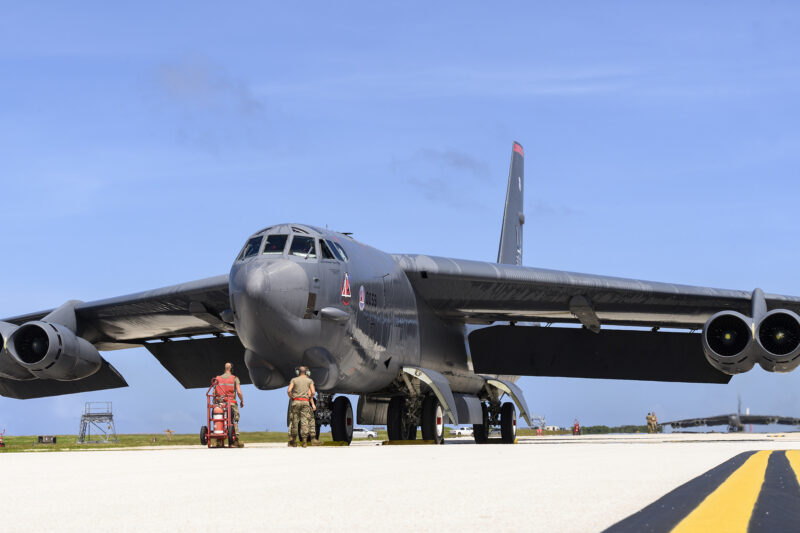
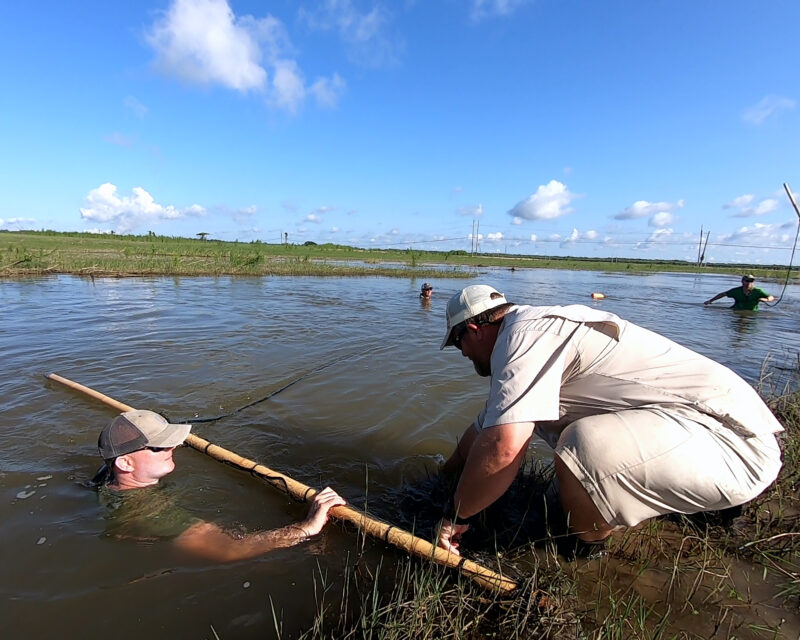
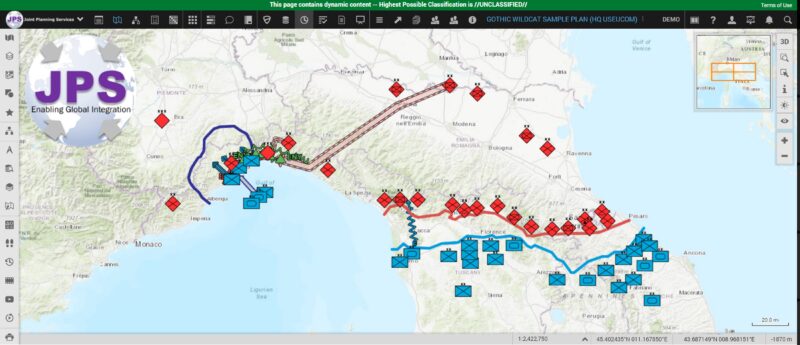
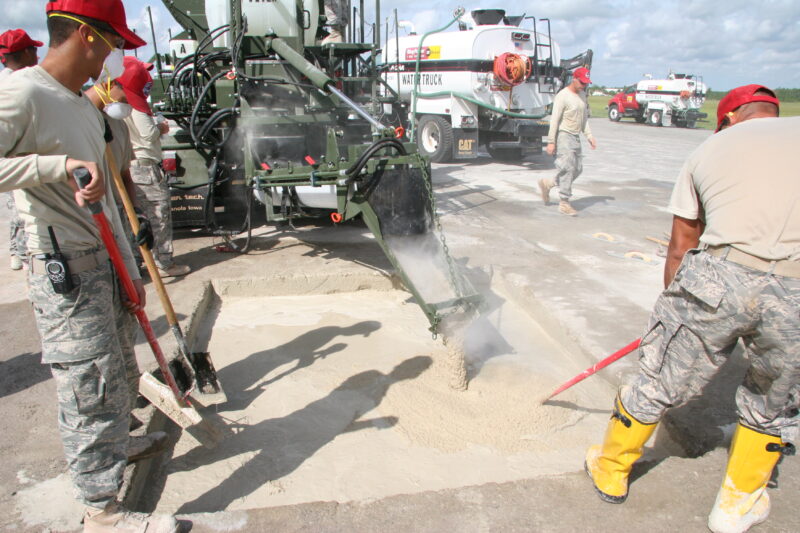
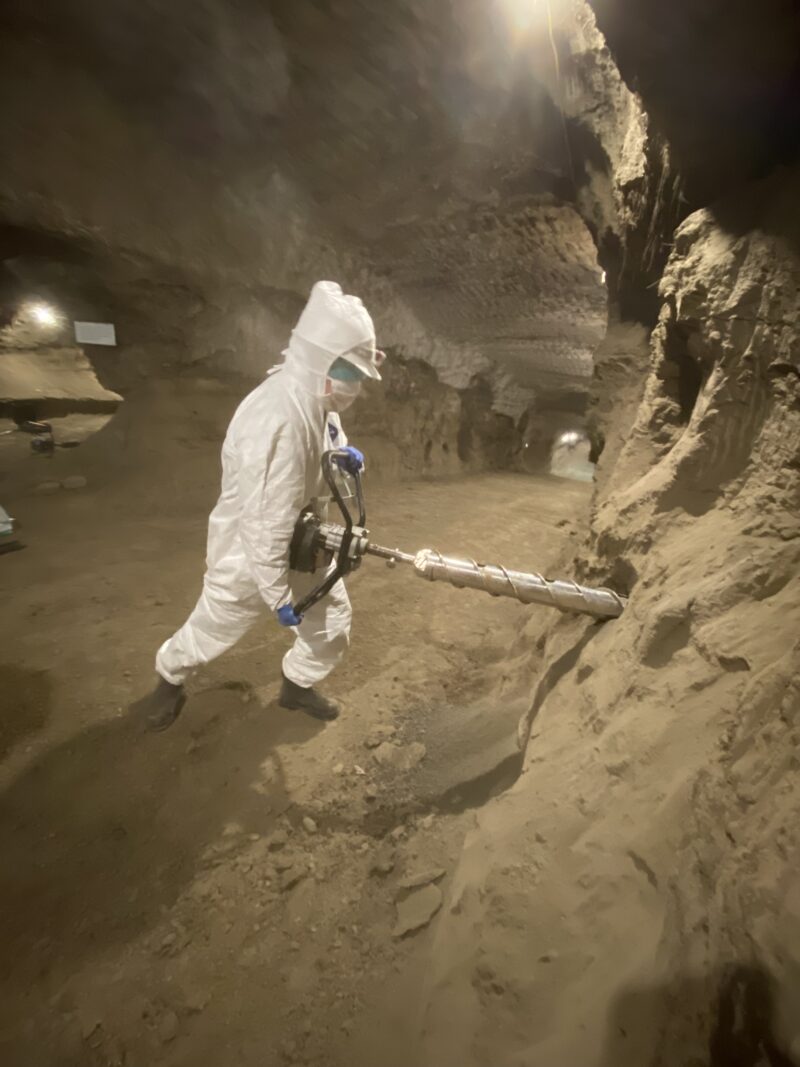
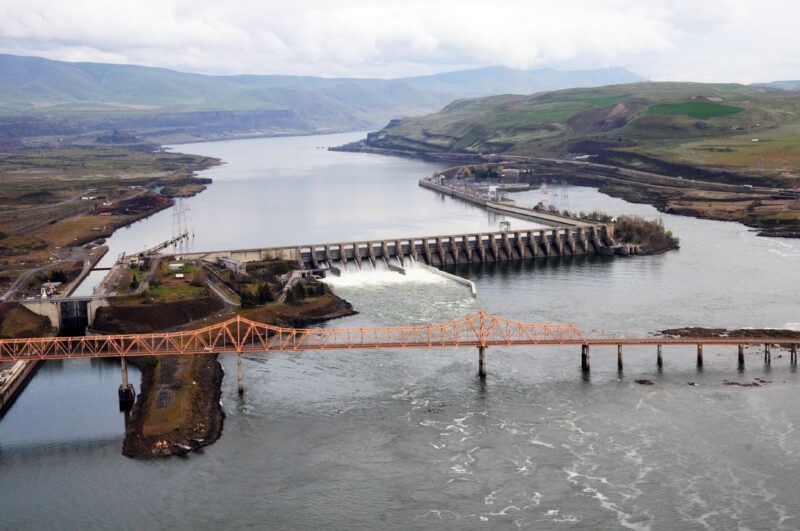
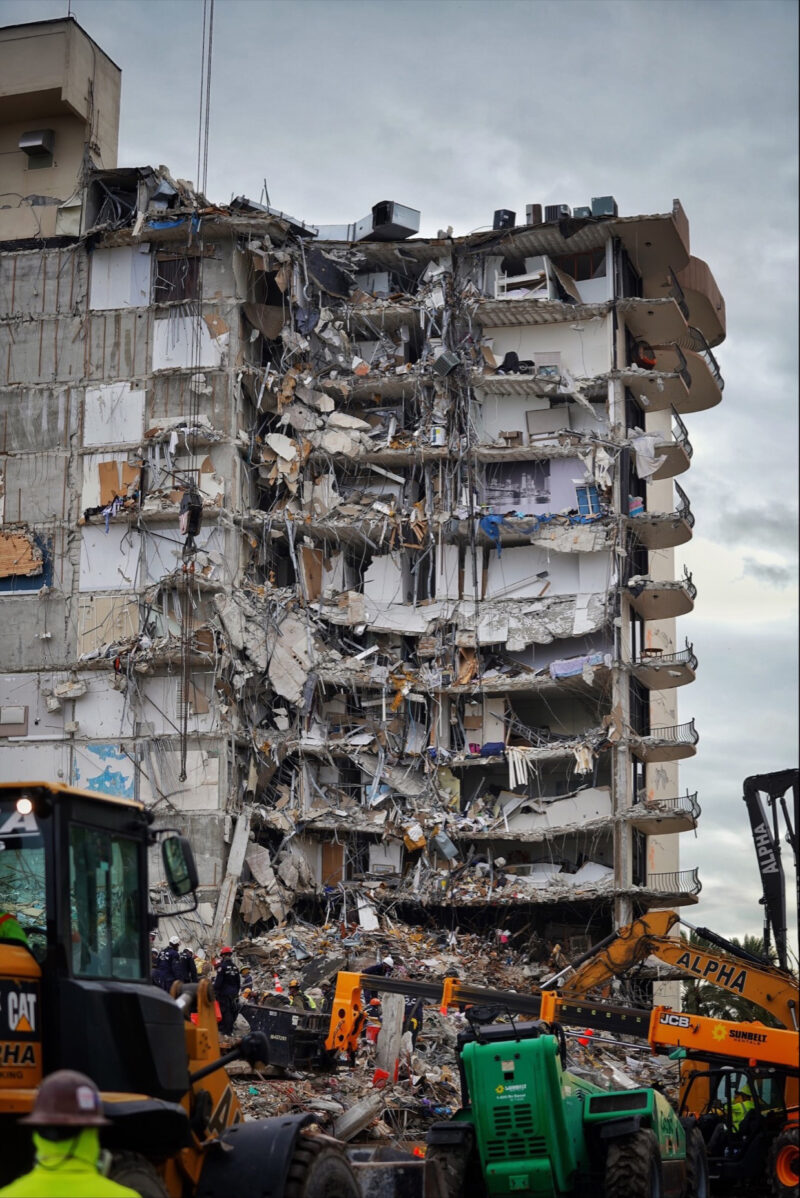
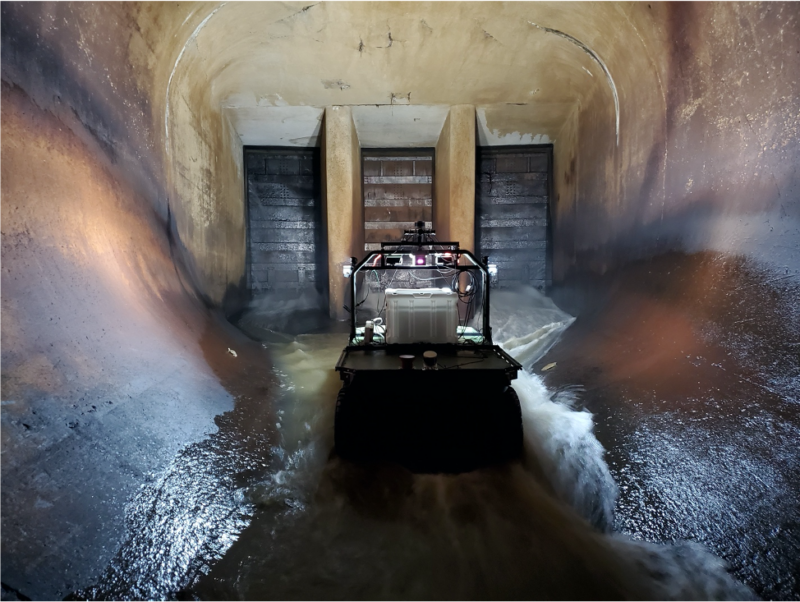




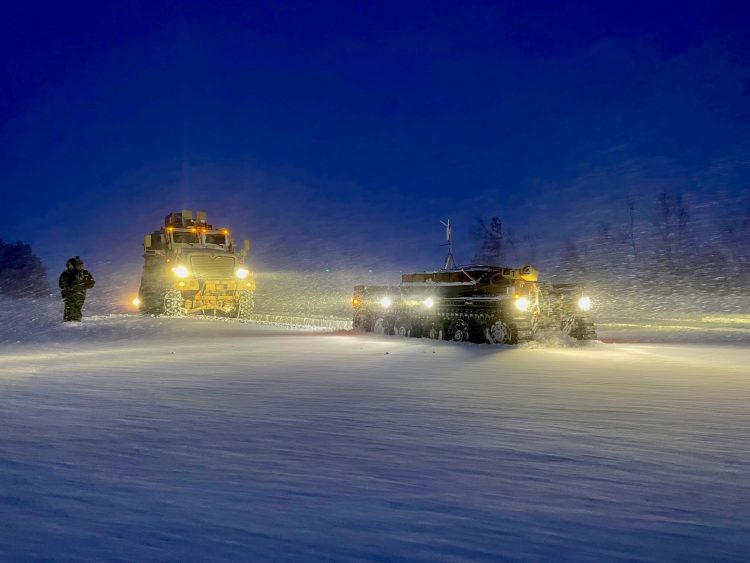
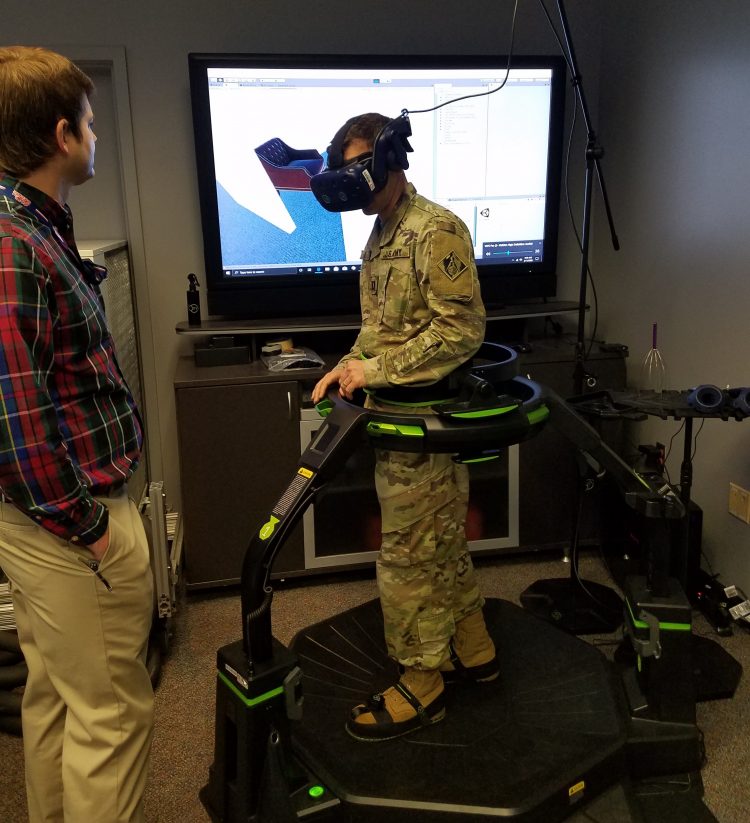
Recent Comments